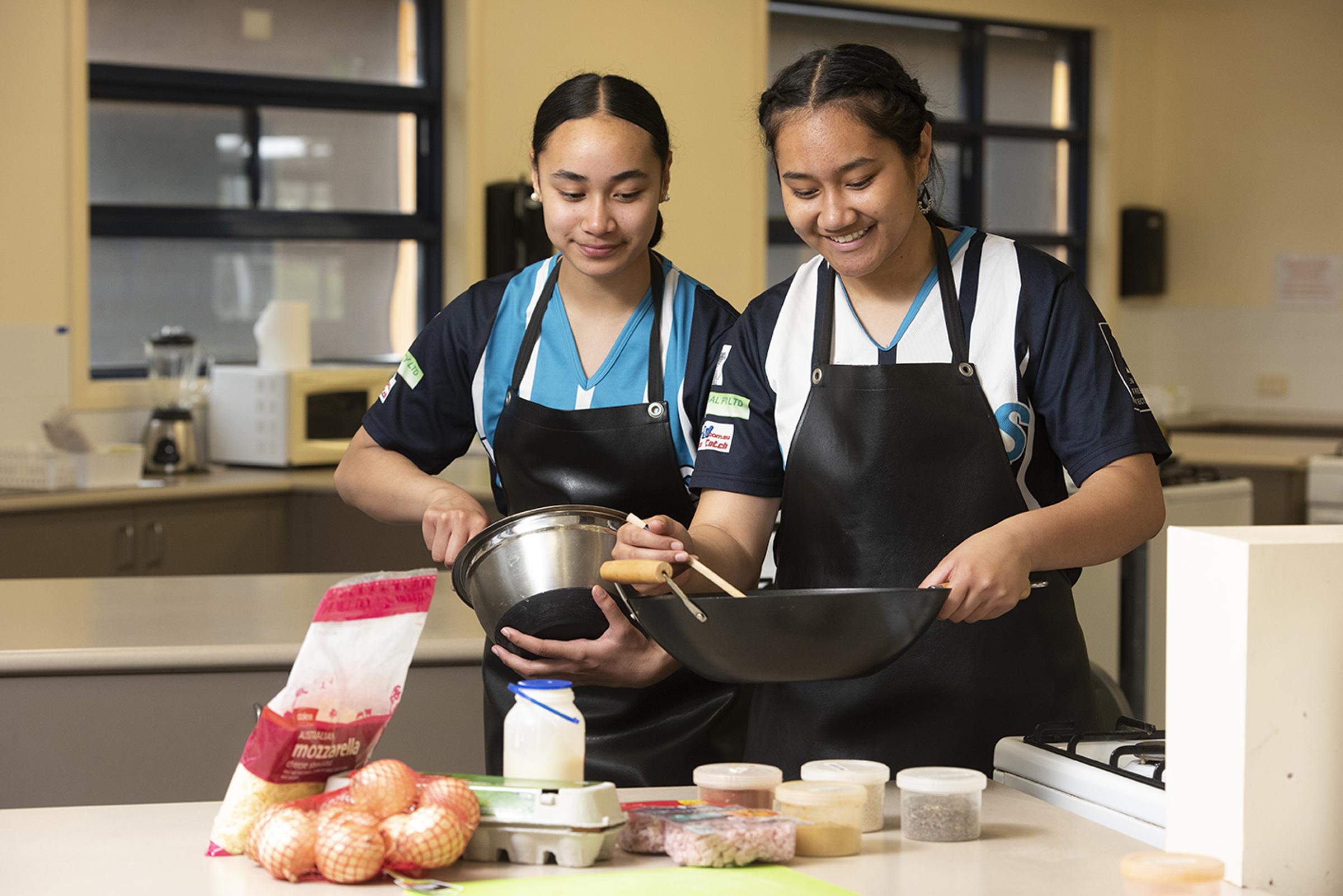HEALTH & HUMAN DEVELOPMENT

HEALTH & HUMAN DEVELOPMENT
Unit 1: Understanding health and wellbeing
Students explore health and wellbeing as a concept with varied and evolving perspectives and definitions. This subject takes the view that health and wellbeing are subject to a wide range of contexts and interpretations, with different meanings for different people. As a foundation to the understanding of health, students investigate the World Health Organization’s definition and also explore other interpretations.
Outcome 1: Explain multiple dimensions of health and wellbeing, explain indicators used to measure health status and analyse factors that contribute to variations in health status of youth.
Outcome 2: Apply nutrition knowledge and tools to the selection of food and the evaluation of nutrition information.
Outcome 3: Interpret data to identify key areas for improving youth health and wellbeing, and plan for action by analysing one particular area in detail.
Unit 2: Managing health and development
Students investigate transitions in health, wellbeing, and development, from lifespan and societal perspectives. Students look at changes and expectations that are part of the progression from youth to adulthood. This unit promotes the application of health literacy skills through an examination of adulthood as a time of increasing independence and responsibility, involving the establishment of long-term relationships, possible considerations of parenthood and management of health-related milestones and changes.
Outcome 1: Explain developmental changes in the transition from youth to adulthood, analyse factors that contribute to healthy development during prenatal and early childhood stages of the lifespan and explain health and wellbeing as an intergenerational concept.
Outcome 2: Describe how to access Australia’s health system, explain how it promotes health and wellbeing in their local community, and analyse a range of issues associated with the use of new and emerging health procedures and technologies.
Unit 3: Australia’s health in a globalised world.
Students examine health, wellbeing and illness as multidimensional, dynamic and subject to different interpretations and contexts. Students explore health and wellbeing as a global concept. Students consider the benefits of optimal health and wellbeing and its importance as an individual and a collective resource, extending to health as a universal right. Students look at the fundamental conditions required for health improvement, as stated by the World Health Organization. Students look at various public health approaches, research health improvements and evaluate successful programs.
Outcome 1: Students explore the complex, dynamic and global nature of health and wellbeing. Students interpret and apply Australia’s health status data and analyse variations in health status.
Outcome 2: Students discover the changes to public health approaches, analyse improvements in the populations health over time and evaluate health promotion strategies.
Unit 4: Health and human development in a global context
Students examine health and wellbeing, and human development in a global context. Students use data to investigate health status and burden of disease in different countries. Students build their understanding of health in a global context through examining changes in burden of disease over time and studying the key concepts of sustainability and human development. They consider the health implications of increased globalisation and worldwide trends relating to climate change, digital technologies, world trade and the mass movement of people.
Outcome 1:Analyse similarities and differences in health status and burden of disease globally and the factors that contribute to differences in health and wellbeing.
Outcome 2: Analyse relationships between the SDGs and their role in the promotion of health and human development, and evaluate the effectiveness of global aid programs.
Costs/ Texts/ Excursion:
